Numancia
( Numantia )Numantia (Spanish: Numancia) is an ancient Celtiberian settlement, whose remains are located on a hill known as Cerro de la Muela in the current municipality of Garray (Soria), Spain.
Numantia is famous for its role in the Celtiberian Wars. In 153 BC, Numantia experienced its first serious conflict with Rome. After twenty years of hostilities, in 133 BC the Roman Senate gave Scipio Aemilianus Africanus the task of destroying Numantia.
 Territory of the Celtiberi tribe with the probable locations of its sub-groups
Territory of the Celtiberi tribe with the probable locations of its sub-groups
Numantia was an Iron Age hill fort (in Roman terminology an oppidum), which controlled a crossing of the river Duero. Pliny the Elder counts it as a city of the Pellendones,[1] but other authors, like Strabo and Ptolemy place it among the Arevaci people. The Arevaci were a Celtiberian tribe, formed by the mingling of Iberians and migrating Celts in the 6th century BC, who inhabited an area near Numantia and Uxama.
The first serious conflict with Rome occurred in 153 BC when Quintus Fulvius Nobilior was consul. Numantia took in some fugitives from the city of Segeda, who belonged to another Celtiberian tribe called the Belli. The leader of the Belli, Carus of Segeda, managed to defeat a Roman army. The Romans then besieged Numantia, and deployed a small number of war elephants, but were unsuccessful.
In 137 BC, 20,000 Romans surrendered to the Celtiberians of Numantia (population between 4,000 and 8,000). The young Roman officer Tiberius Gracchus, as quaestor, saved the Roman army from destruction by signing a peace treaty with the Numantines, an action generally reserved for a legate.
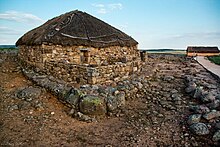 Modern reconstruction of the Celtiberian houses in Numantia
Modern reconstruction of the Celtiberian houses in NumantiaThe final siege of Numantia began in 134 BC. Scipio Aemilianus in command of an army of 30,000 soldiers laid siege to the city, erecting a 9 km barrier supported by towers, moats, impaling rods, and other devices. The Numantians refused to surrender and famine quickly spread through the city. After eight months most of the inhabitants decided to commit suicide rather than become slaves. A few hundred of the inhabitants decided to burn the city before surrendering after 13 months of siege.
Later history Numantia was incorporated into the Roman Imperial province of Hispania Tarraconensis (pictured in red), AD 120.
Numantia was incorporated into the Roman Imperial province of Hispania Tarraconensis (pictured in red), AD 120.After the destruction in 133 BC, occupation continued in the 1st century BC with a regular street plan but without great public buildings. Its decay started in the 3rd century, but was still settled in the 4th century.
Later remains from the 6th century hint of a Visigoth occupation.
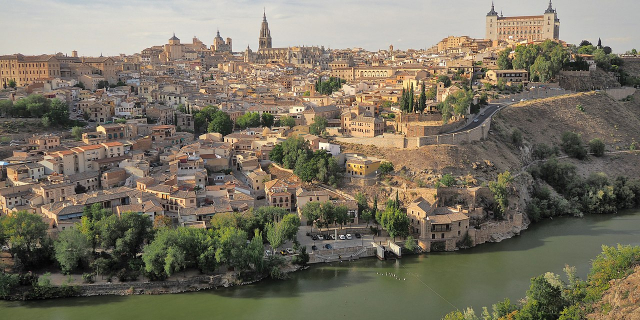



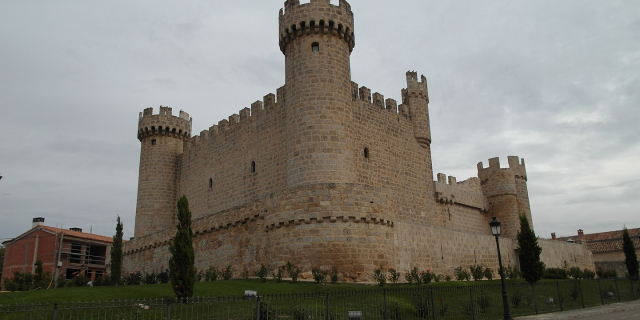



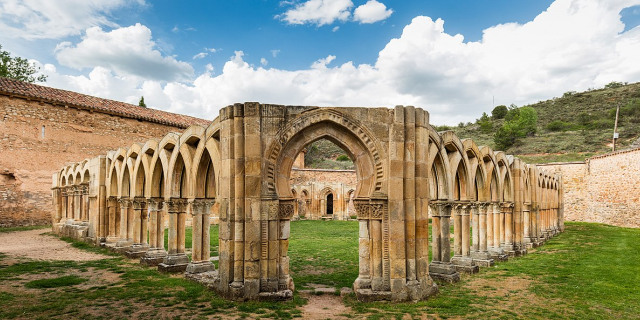



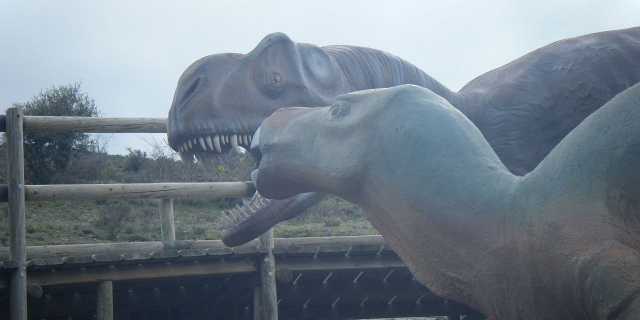
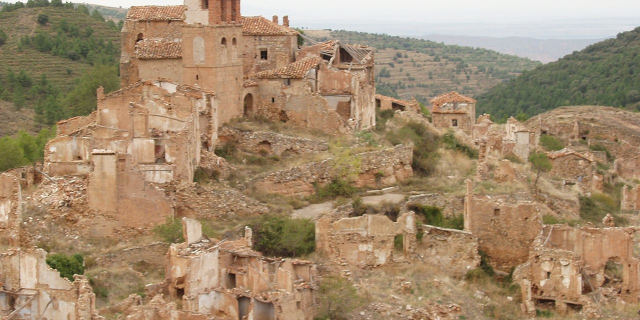


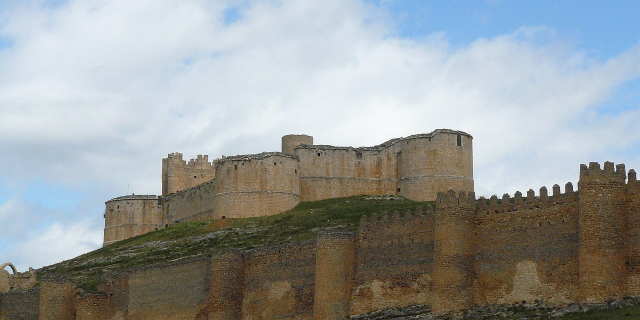


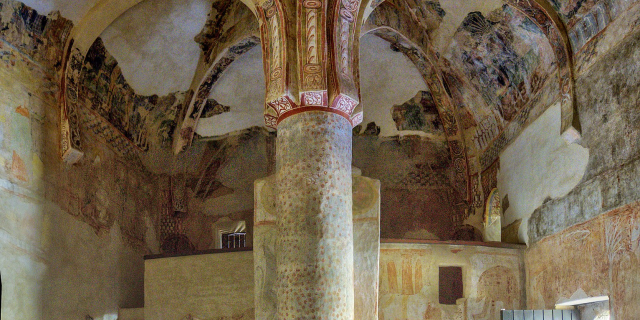

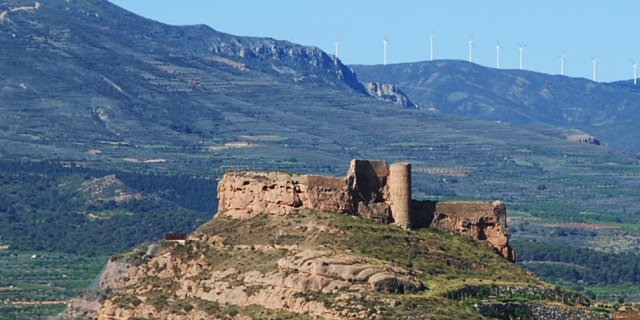
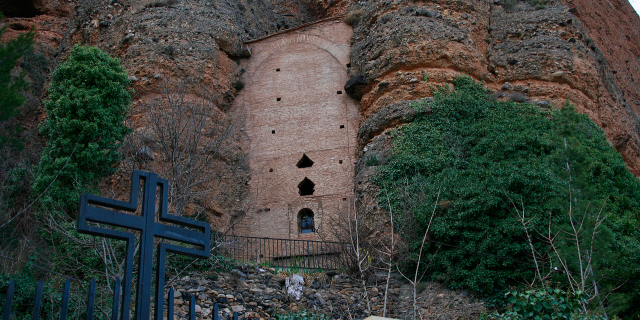

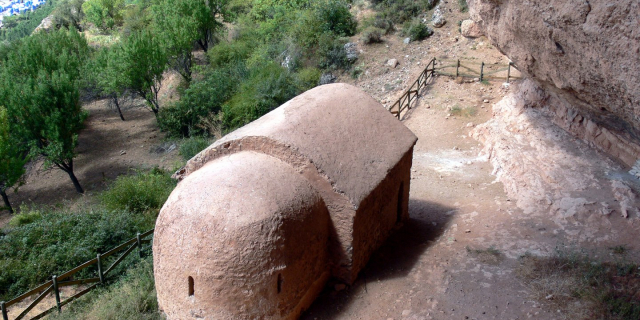



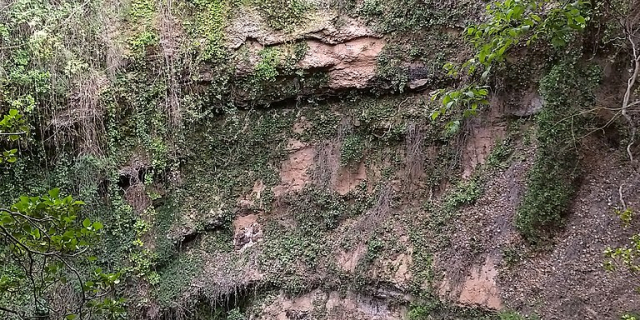





Add new comment